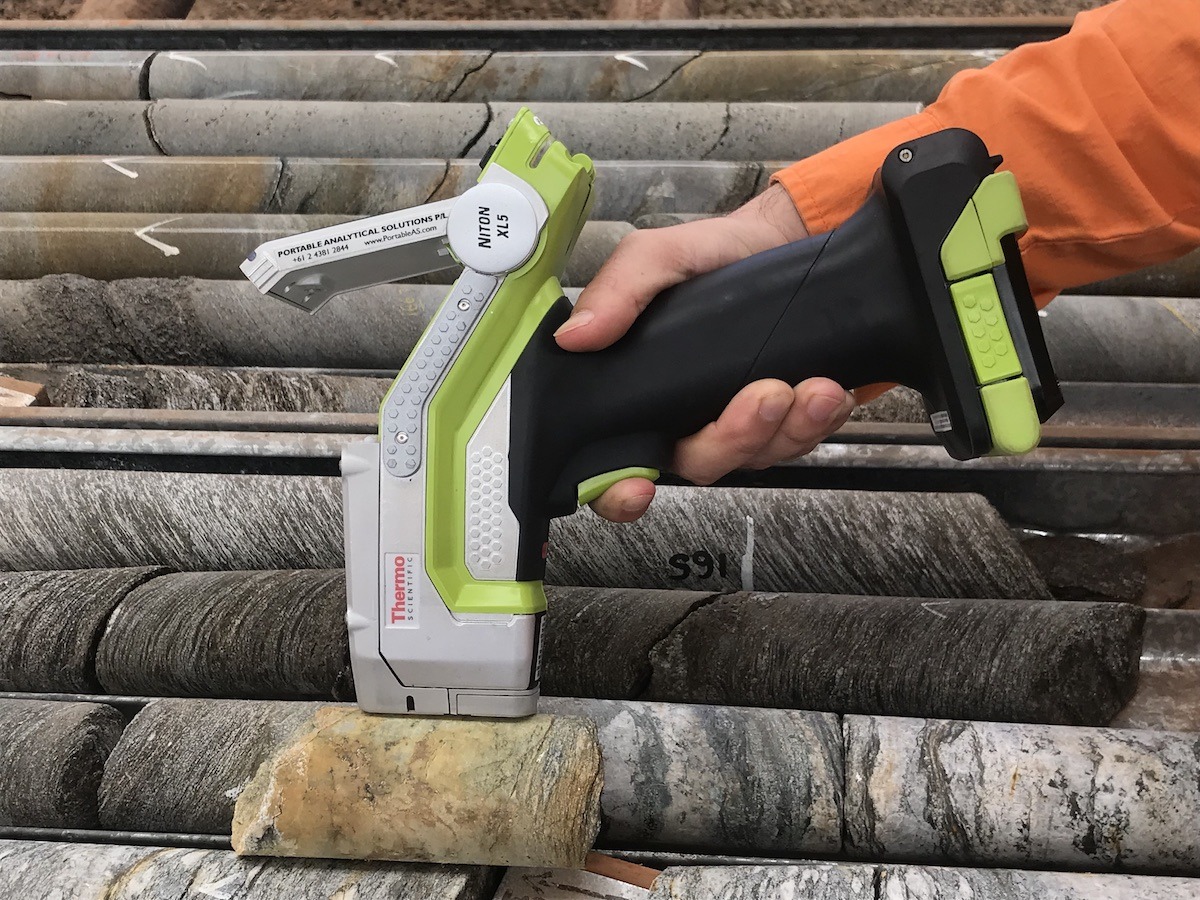Taking It To The Limit: An Essential Guide To XRF Detection Limits
The most important characteristic of an analytical procedure is the limit of detection, particularly in the analyses of toxic substances in the environment.
The detection limit of X-Ray Fluorescence (XRF) is better than that of EDS (Energy-Dispersive X-Ray Spectroscopy) and the concentration of trace elements can be accurately detected using XRF.
What Is XRF Spectrometry?
A XRF spectrometer detects and measures X-rays emitted from atoms of a sample that has been irradiated.
Some atoms in a sample are stimulated to a higher energy level using a beam of x-rays directed into them.
It is related to the concentration of the element in the sample, but the intensity of the fluorescent radiation depends on several factors.
Detection limits for most elements are 2-20 ng/cm2 for micro samples, thin samples, aerosols, and liquids.
XRF analysis has the additional advantage that a sample does not need to be dissolved, so insoluble residues aren’t likely to be present.
- Niton XL2 (Portable Handheld XRF)
- Niton XL2 Plus (Portable Handheld XRF)
- Niton XL3 (Portable Handheld XRF)
- Niton XL5 (Portable Handheld XRF)
- Niton DXL (Bench Top XRF)
- Fluxana Sample Preparation
What can XRF detect?
A comprehensive range of elements can be detected and measured through X-ray fluorescence, ranging from uranium (the heaviest), all the way down to magnesium and beryllium.
In principle, the lightest element that can be analysed is beryllium, but due to instrumental limitations and low X-ray yields for the light elements, it is often difficult to quantify elements lighter than sodium).
Because XRF enables the simultaneous detection of elements, it is well suited to rapid qualitative, quantitative and semi-quantitative analyses of materials. It can detect concentrations from 100 per cent down to below parts per million.
XRF is a versatile method of analysis used in various disciplines and sectors. Here are some examples:
- Multi-elemental analyses of rocks, soils, and sediment samples are carried out with this technique
- Paint samples can be analysed qualitatively using XRF
- A wide range of elements in herbal medicines have also been analysed clinically, biologically, and pharmaceutically by using this method
- Construction industry researchers use XRF to determine the composition of metal alloys and cement
- Testing and developing a new product, as well as safety and quality control, are key areas where XRF can help
The advantages of XRF
As a common x-ray technique, XRF can measure a wide range of elements, such as the percentage of metals within inorganic materials.
Here are its main advantages:
- It is generally non-destructive, so you can test sample materials without posing any risk to them
- XRF allows for simple and fast sample preparation, and it has low running costs. It does not involve applying any gases, liquids or acids in the testing process, which means it is a highly adaptable technique for use on-site at different locations. This is especially valuable for production-line testing
- XRF spectroscopy instruments require no daily re-calibration
What affects XRF performance?
| Matrix effects: XRF performance is affected by matrix effects, such as fine-grained versus coarse-grained materials. Chemical properties of the matrix can also affect XRF performance. | Operator skills: XRF performance is influenced by the proficiency of the operator. The operator should practice consistent and correct preparation and presentation of samples. | Contaminant concentrations: Contaminants may be exceeding the calibration ranges. There may be interference effects from other contaminants. |
| Measurement time: A longer measurement/count time will result in better precision. | Sample preparation: A better sample preparation means more accurate XRF results. | Interference effects: Spectral lines from two or more elements may overlap, distorting results. |
For help with XRF screening, detection and identification, Portable Analytical Solutions has an effective, real-time and reliable solution. Contact us today.
Source Links:
- https://www.scimed.co.uk/education/what-is-x-ray-fluorescence/
- https://www.sciencedirect.com/topics/engineering/x-ray-fluorescence
- https://www.scimed.co.uk/education/what-is-x-ray-fluorescence/
- https://clu-in.org/conf/tio/xrf_081108/prez/XRF_02pdf.pdf
- https://www.researchgate.net/profile/Richard-Rousseau/publication/228687395_Detection_limit_and_estimate_of_uncertainty_of_analytical_XRF_results/links/54412b880cf2e6f0c0f60208/Detection-limit-and-estimate-of-uncertainty-of-analytical-XRF-results.pdf
- https://www.materials-talks.com/2020/01/07/the-basics-of-elemental-analysis-with-xrf-qa/
